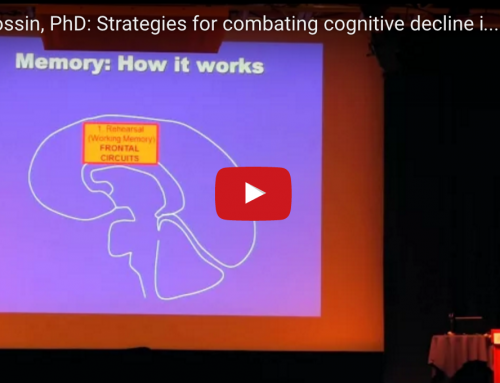Researchers in Canada have discovered that the genes affected in Parkinson’s play an important role in protecting cells from attack by the body’s own immune system.
PINK1 and Parkin are the genes that are thought to keep the cell batteries, or mitochondria, healthy.
The new findings were published in scientific journal Cell and they reveal how these genes, which are the genes affected in some people with Parkinson’s, also play a part in controlling the immune system.
The immune system in Parkinson’s
Previous studies have suggested that the immune system can become over-active in Parkinson’s when dopamine-producing cells start to die.
Additionally, research in animal models of Parkinson’s shows drugs that inhibit the immune response may help protect cells.
While more research is needed, studies such as this take us one step closer to better understanding this complex and progressive brain condition
The role of inflammation in Parkinson’s has led researchers to look for ways to harness the immune system to combat Parkinson’s, for example with development of a vaccine to treat the condition.
In this study, the team of scientists studied the immune system in mousemodels of Parkinson’s.
They discovered that changes in PINK1 and Parkin led proteins from the mitochondria to appear on the cell surface.
This caused the immune system to kill healthy cells, which is similar to how the immune system attacks cells in autoimmune conditions.
Keeping the immune system under control
Beckie Port, Senior Research Communications Officer at Parkinson’s UK, comments:
“We know that the immune system plays an important role in Parkinson’s, and keeping it under control might help protect the brain cells lost in the condition.
“Mutations in genes such as PINK1 and Parkin are associated with rare inherited forms of Parkinson’s.
“This research directly links changes in these genes to the activation of the immune response, which could lead the body to attack its own healthy cells.
“While more research is needed, studies such as this take us one step closer to better understanding this complex and progressive brain condition.”




